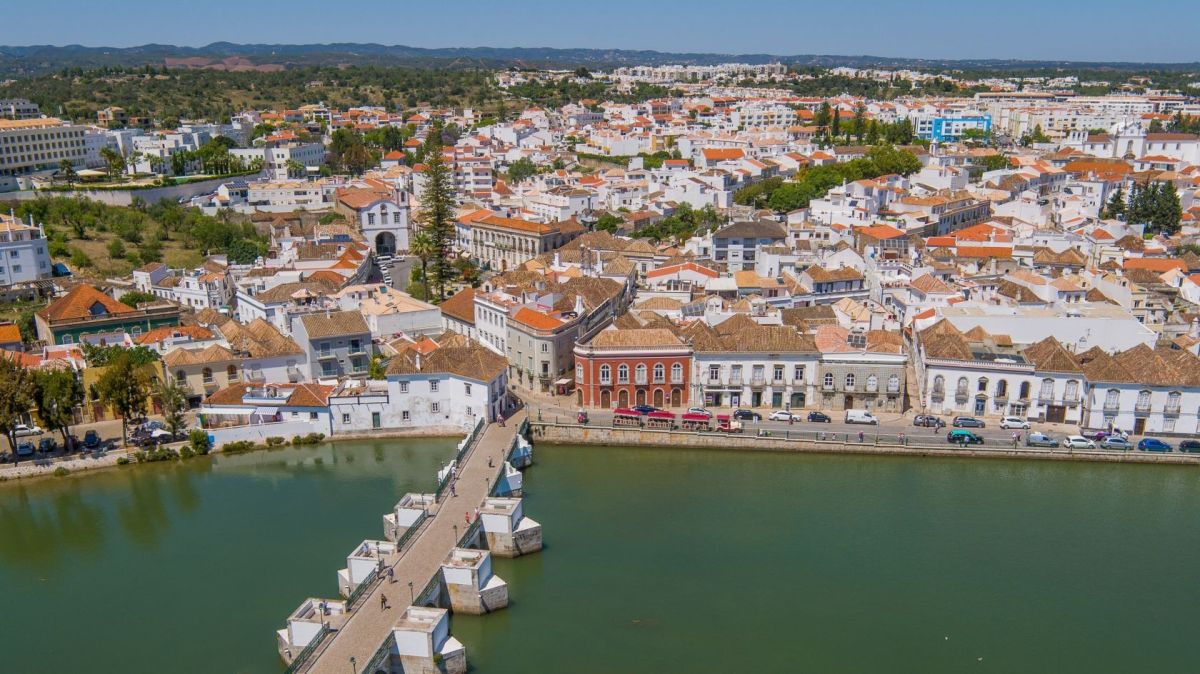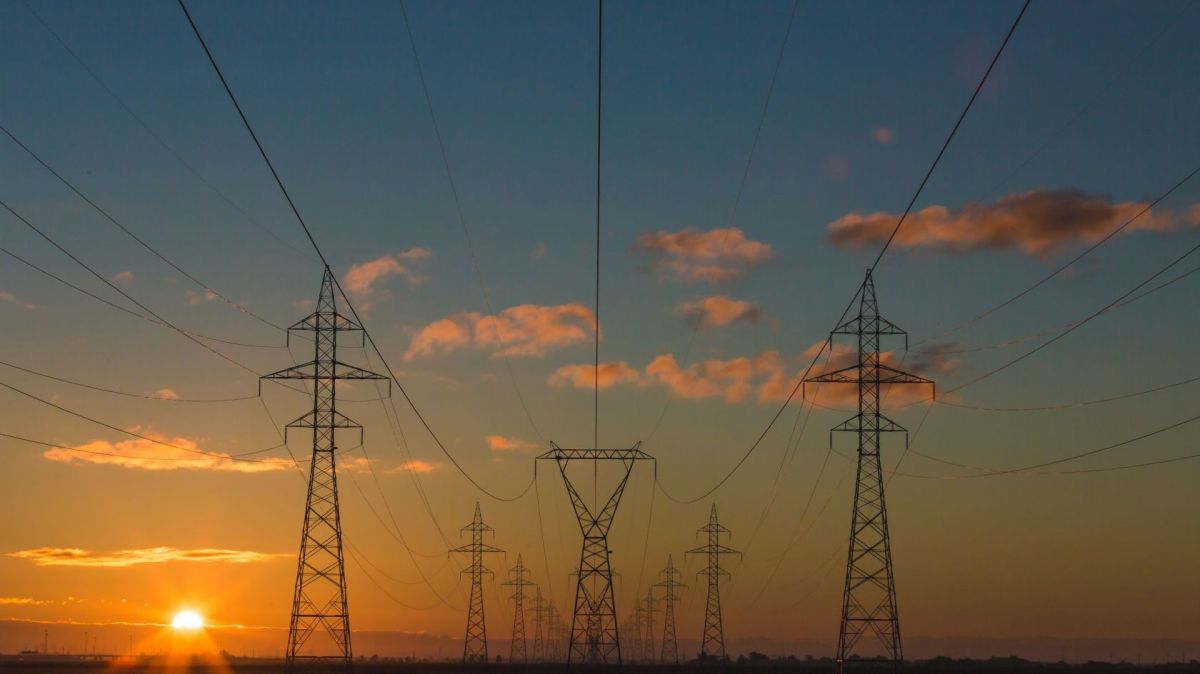According to the energy sector regulator, the proposed increase now translates into an increase of between 0.20 and 0.37 euros in the monthly bill, including fees and taxes.
"This increase is smaller than the expected change in the Harmonized Consumer Price Index (HICP), which represents a reduction in real terms".
The regulated market covered more than 820,000 domestic customers at the end of August, according to data from the regulatory agency.
In mainland Portugal, end-user tariffs in the regulated market recorded an average annual variation of 1.7% between 2021 and 2026, according to the regulator.
In the free market, which had 5.7 million customers at the end of August, end-user tariffs vary between suppliers and depend on the offer contracted by the customer.
The final price of the energy supply bill, whether in the regulated or free market, includes the network access tariffs, regulated by ERSE, which reflect the collective use of electrical infrastructure.
For low-voltage consumers, including domestic consumers, the variation in network access tariffs will result in a 3% increase. For non-domestic consumers connected to very high and high voltage, a reduction of 3.2% and 0.9%, respectively, is expected.
In the liberalized market, the final price variation also depends on the energy component purchased by each supplier in the wholesale markets, plus the respective marketing margin.
Customers with a social tariff, whether in the regulated or free market, will continue to benefit from a 33.8% discount, "calculated based on the sales prices to end customers in the regulated market," ERSE notes.
The proposal now awaits the Tariff Council's review by November 15th, with ERSE making a final decision by December 15th.












